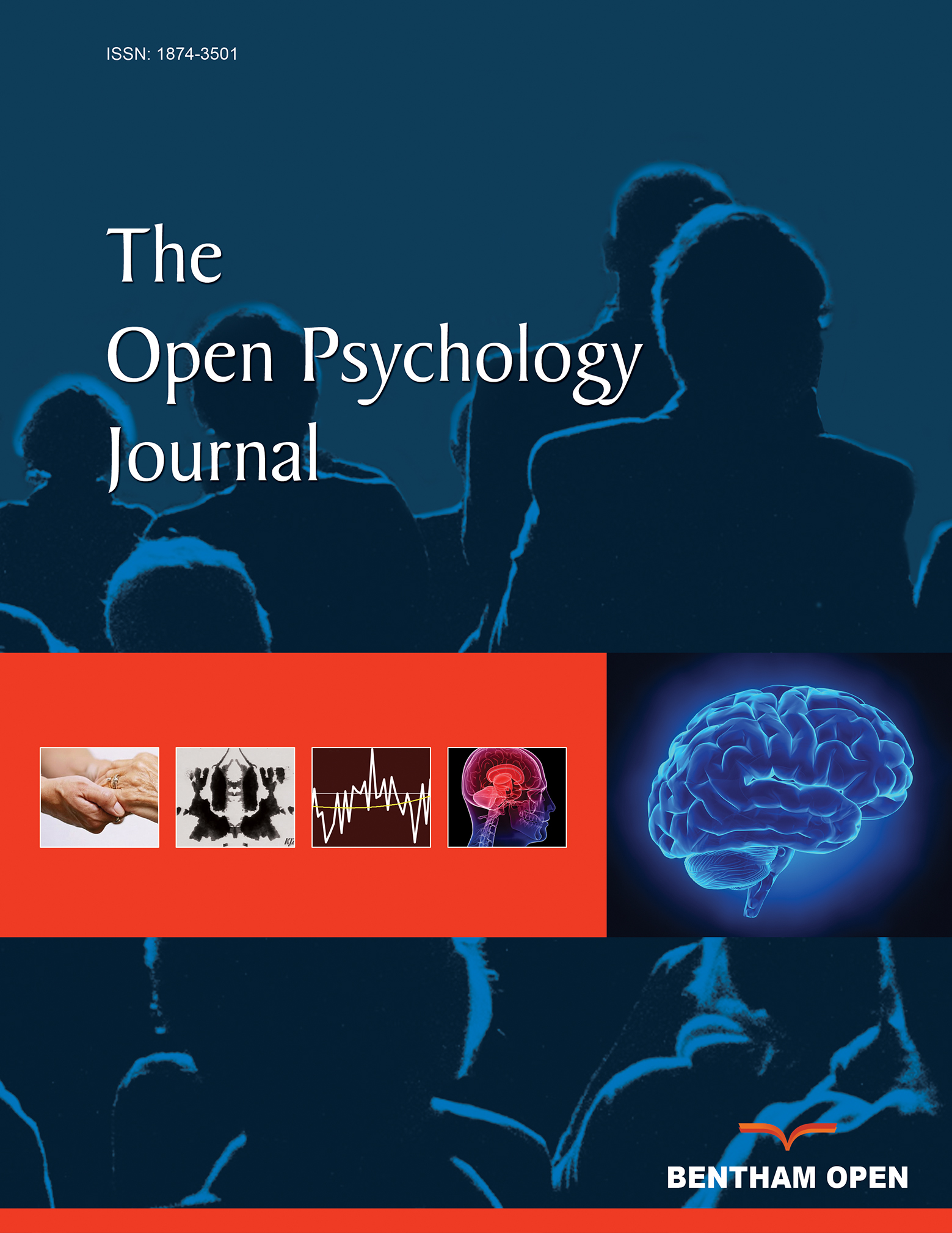All published articles of this journal are available on ScienceDirect.
Study on the Threats of Reverse-Worded Items to the Psychometric Properties of the Marital Quality Scale
Abstract
Background:
The reverse-worded or negative items are often intended to reduce bias when responding to a measurement scale, but it impacts the psychometric properties of measuring instruments. The study aimed to describe the effect of the positive and negative items on the psychometric properties of the marital quality scale and to overcome the problems with a multidimensional analysis.
Methods:
Three hundred thirty-seven married people (166 men and 171 women, age = 35 years) were involved in the research. The confirmatory factor analysis (CFA) and coefficient reliability were conducted to answer the purpose of the study.
Results:
The results showed that the loading factor of the reverse-worded items was higher when it was analyzed separately than in the mixed model. The one-dimensional model provided lower a fit measurement model and reliability estimates than the two and four-dimensional models. Confirmatory factor analysis and composite reliability by separating positive dan negative items could be an alternative analysis to resolve the problem of psychometric properties in measuring instruments with combined items.
Conclusion:
An analysis by separating the positive and negative items was a strategy to reduce the threat to the validity and reliability of the instrument.


